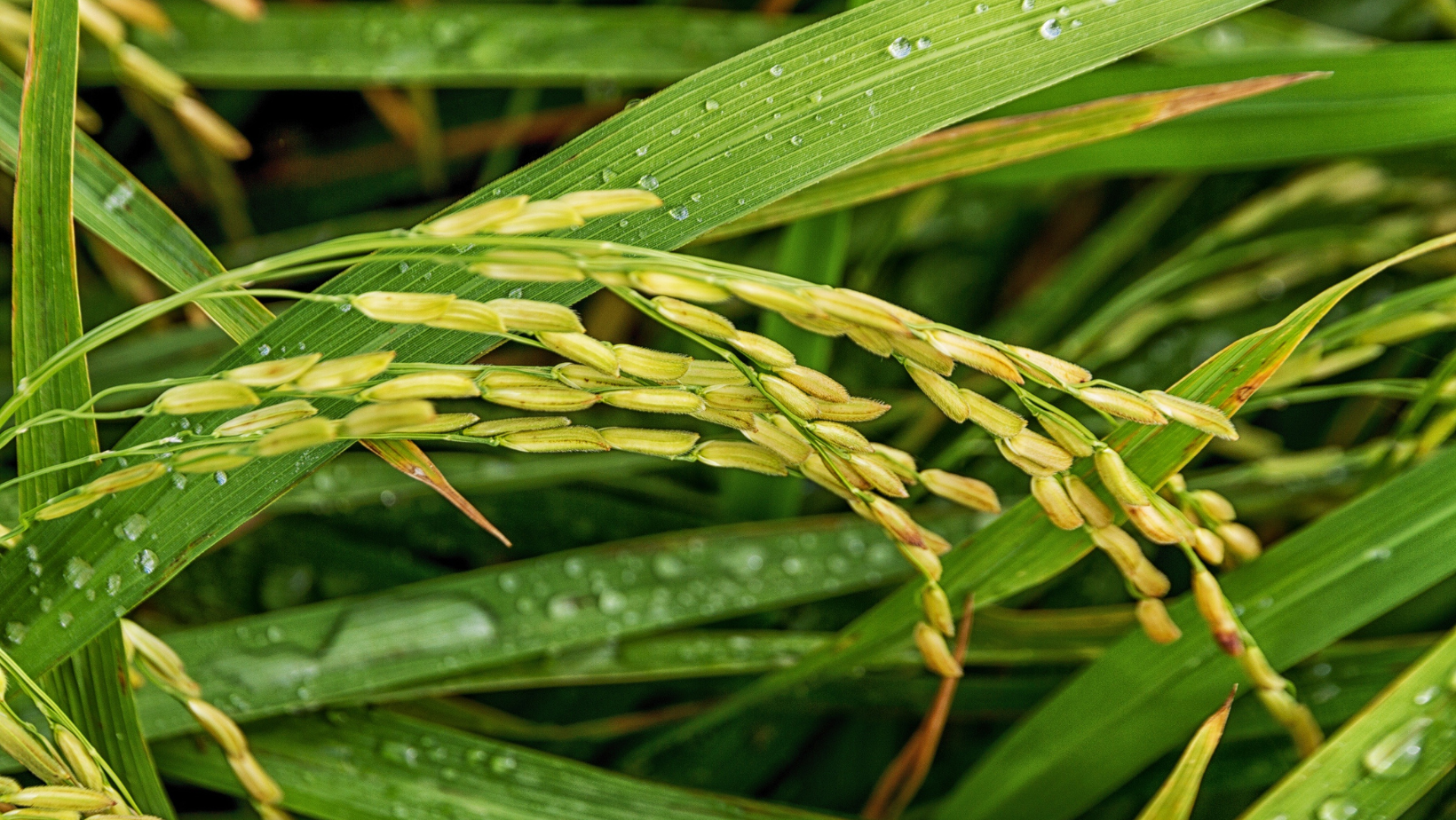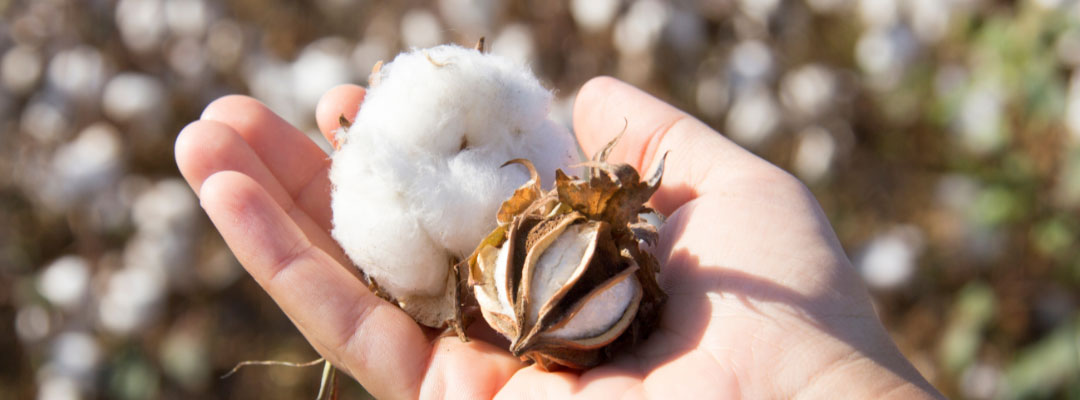Rice saw a record overall yield with the 2021 crop, but rice production was down almost 16% from the previous year. The overall rice yield was 7,709 lbs./acre, which beats the previous record high of 7,694 lbs./acre in 2013. This new record high was driven by a record medium-grain rice yield of 8,623 lbs./acre, which was 2.8% higher than the previous record. The 2021 long-grain rice crop saw the second-highest yield on record at 7,471 lbs./acre, just below the record of 7,517 obtained in 2018. Despite these high yields, 2021 production was lower than the previous year at 191.8 million hundredweight for all rice and 144.6 million hundredweight for long-grain rice. Lower production was driven by a reduction in planted acreage by nearly 17% in 2021 as compared to 2020. Mississippi saw the largest reduction of any state in planted acreage, down 36% from the previous year.
With lower production, U.S. long-grain rice ending stocks for the 2021 marketing year is currently estimated by the USDA at 21.4 million hundredweight resulting in a stocks-to-use ratio of 12.1%, which is down from 29.7% in 2020. Domestic U.S. consumption of long-grain rice, while lower than last year, remains strong, but exports remain flat compared to previous years. The current 2021 market year average price projection for long-grain rice is $13.20/cwt, which is the highest price since 2013.
U.S. long-grain rice acreage has fluctuated from around 2.5 million to 3 million acres year to year consistently since 2013. Given this pattern and current high prices, rice acreage is expected to rebound back to around 3 million acres in 2022. One potential factor that can limit an acreage increase is current high input costs and supply uncertainty. Soybeans are the common rotational crop planted with rice and currently, soybean prices are strong and can be planted at a lower cost of production per acre. Current high long-grain rice prices though will likely convince most producers to stay with their normal crop rotation.

Maples, William E. . “Rice Production Down in 2021 Despite Strong Yields“. Southern Ag Today 2(8.1). February 14, 2022. Permalink


